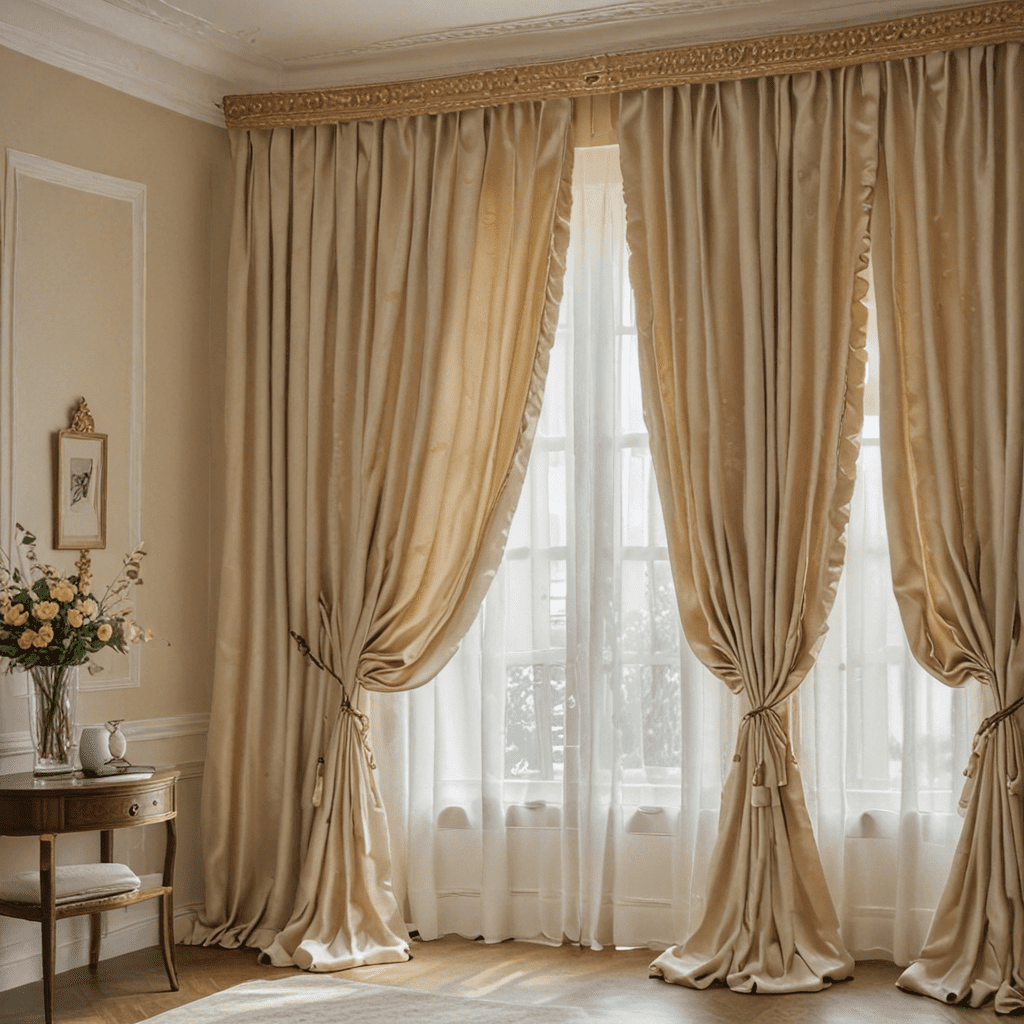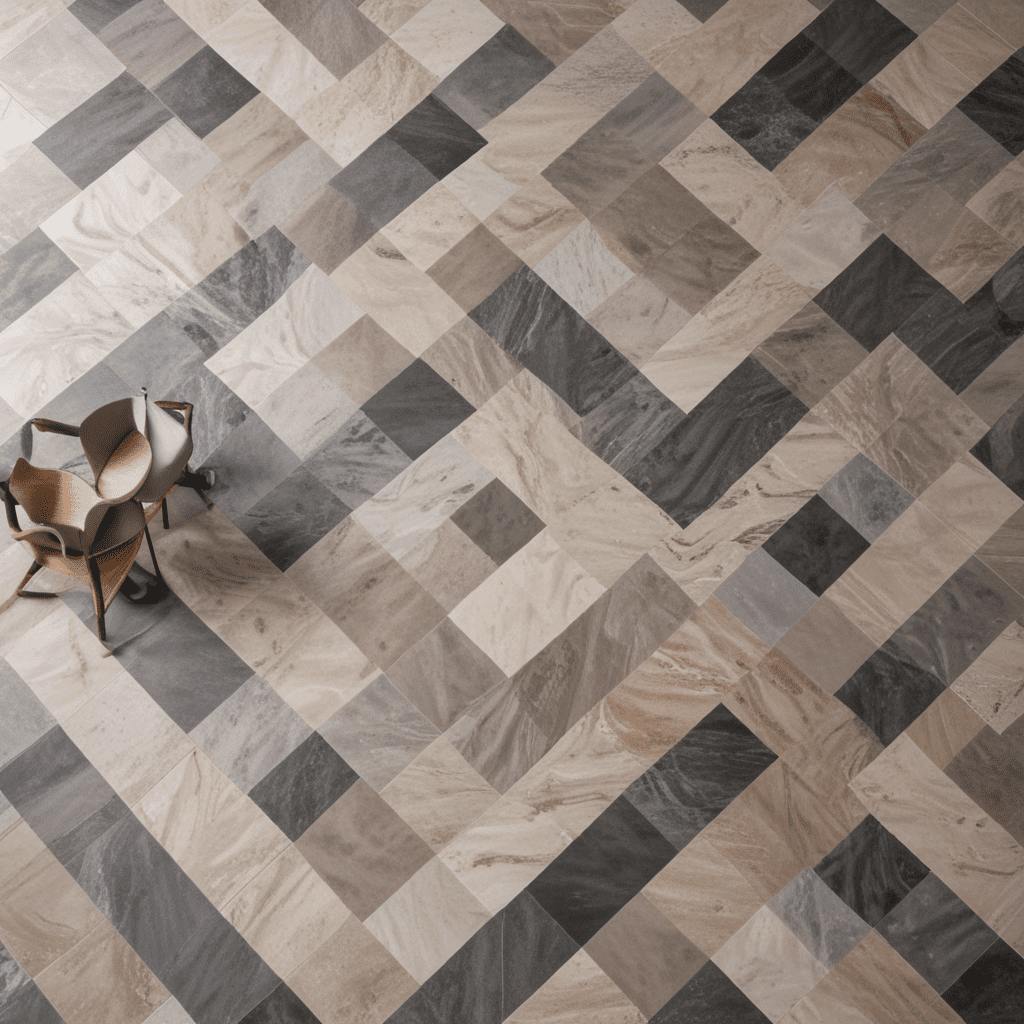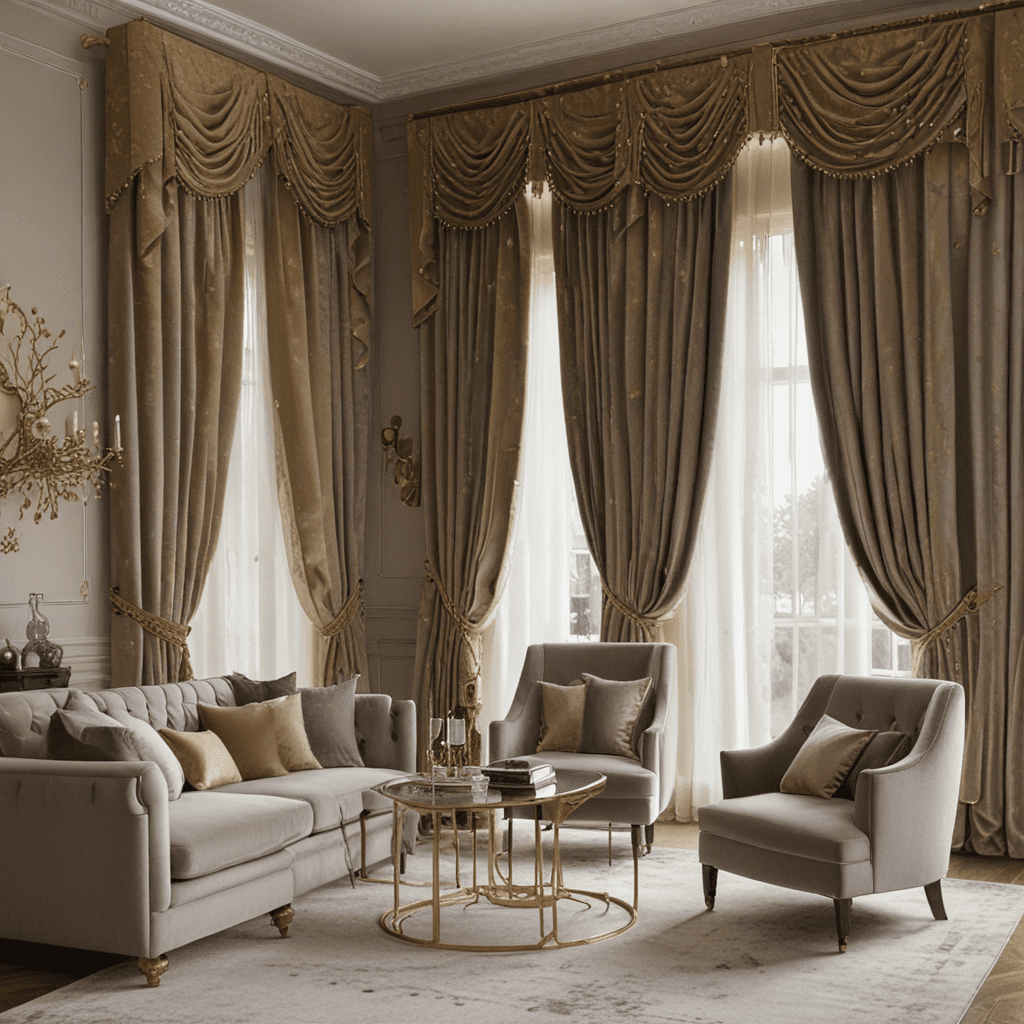Eco-friendly Upholstery: Tips for Choosing Green Furniture
Eco-friendly Upholstery: Tips for Choosing Green Furniture
Introduction to Eco-friendly Upholstery
In today’s world, where sustainability has become a pressing concern, incorporating eco-friendly practices into our lives is paramount. When it comes to interior design, one way to make a positive impact is through eco-friendly upholstery. Eco-friendly upholstery refers to furniture made using sustainable materials and manufacturing processes, reducing harm to the environment. Not only does it help protect our planet, but it also creates a comfortable and aesthetically pleasing living space. In this article, we will explore key elements of eco-friendly upholstery, offer tips for selecting green furniture pieces, and answer frequently asked questions to help you make well-informed choices for your home.
Key Elements of Eco-friendly Upholstery
- Sustainable Materials: Eco-friendly upholstery utilizes materials that are renewable, recyclable, or biodegradable. This includes natural fibers like organic cotton, linen, and hemp. These materials not only reduce the carbon footprint but also enhance the air quality in your home.
Non-Toxic Finishes: Traditional upholstery often involves the use of harmful chemicals and finishes that can release volatile organic compounds (VOCs) into the air, negatively impacting indoor air quality. Eco-friendly upholstery avoids these toxins by opting for water-based or low VOC finishes, making it a healthier choice for your home.
Responsible Manufacturing: Choosing furniture companies that prioritize ethical manufacturing practices is crucial. Look for certifications like Forest Stewardship Council (FSC), which ensures responsible sourcing of wood, or Global Organic Textile Standard (GOTS), which guarantees environmentally and socially responsible manufacturing of textiles.
Upcycling and Repurposing: Another important element of eco-friendly upholstery is the concept of upcycling or repurposing existing furniture. Instead of throwing away old pieces, consider giving them a new lease on life by reupholstering them with sustainable fabrics. This reduces waste and extends the lifespan of furniture, saving valuable resources.
Tips for Eco-friendly Upholstery
Choose Quality over Quantity: Instead of buying cheap, mass-produced furniture that will quickly wear out and end up in a landfill, invest in high-quality pieces that are built to last. Look for sturdy frames made from sustainably sourced wood and durable upholstery fabrics.
Opt for Natural and Organic Fabrics: When selecting upholstery fabrics, prioritize natural and organic options. Fabrics like organic cotton, linen, or hemp are not only eco-friendly but also offer durability and breathability. They are free from harmful chemicals and have a low environmental impact.
Consider Vintage and Second-hand Furniture: Embrace the charm of vintage and second-hand furniture. These pieces not only add character to your space but also contribute to sustainable consumption. Look for well-maintained furniture at thrift stores, local markets, or online platforms dedicated to second-hand items.
Look for Certifications: Be on the lookout for furniture with certifications that indicate eco-friendly practices. Look for labels like Cradle to Cradle, which promotes the use of safe and sustainable materials, or Greenguard, which certifies that furniture meets strict standards for low chemical emissions.
Support Local Artisans: Consider purchasing furniture from local artisans who prioritize sustainable practices. By supporting local businesses, you not only contribute to the local economy but also reduce the carbon footprint associated with long-distance transportation.
Maintain and Repair: Extend the lifespan of your upholstered furniture by maintaining and repairing it when needed. Regular cleaning, proper care, and timely repairs can significantly increase the longevity of your furniture, reducing the need for replacement.
FAQ about Eco-friendly Upholstery
Question 1: Why is eco-friendly upholstery important?
– Answer: Eco-friendly upholstery helps protect the environment by using sustainable materials and manufacturing processes. It also improves indoor air quality and contributes to a healthier living space.
Question 2: What are some popular eco-friendly upholstery fabrics?
– Answer: Organic cotton, linen, hemp, and bamboo are some popular eco-friendly upholstery fabric choices. These natural fibers are sustainable, biodegradable, and free from harmful chemicals.
Question 3: Is eco-friendly upholstery more expensive?
– Answer: While eco-friendly upholstery may come with a slightly higher price tag initially, investing in high-quality, durable pieces can save money in the long run due to their extended lifespan. Additionally, the cost of eco-friendly materials and manufacturing practices may decrease as they become more widely adopted.
Question 4: How can I dispose of old upholstered furniture in an eco-friendly way?
– Answer: Instead of simply discarding old furniture, explore options for upcycling, donating, or selling it. Local recycling centers or waste management facilities may also accept upholstered furniture for proper disposal and recycling.
Question 5: Can I achieve a stylish interior design with eco-friendly upholstery?
– Answer: Absolutely! Eco-friendly upholstery offers a wide range of stylish options to suit any interior design style. From modern and minimalist to traditional and eclectic, there are sustainable fabrics and furniture pieces available to complement any aesthetic.
By embracing eco-friendly upholstery, not only can you create a beautiful and comfortable living space, but you can also make a positive impact on the environment. Consider incorporating these tips into your furniture selection process to make sustainable choices that benefit both your home and the planet.
Remember, every small step counts, and together we can create a more sustainable future through conscious interior design choices.





